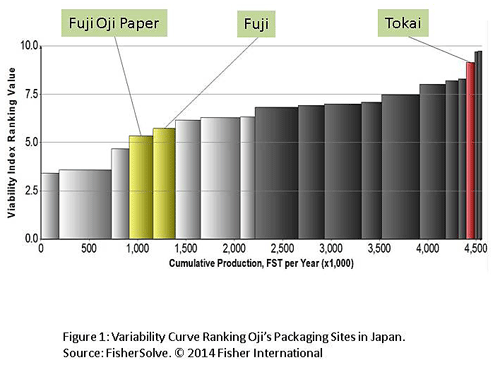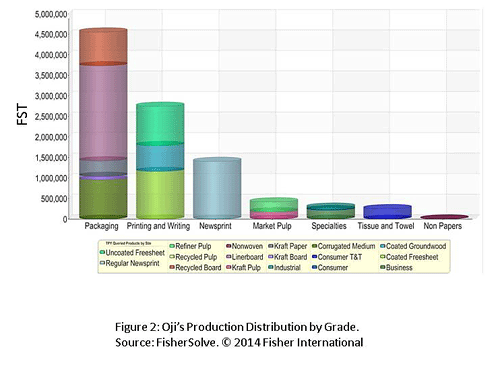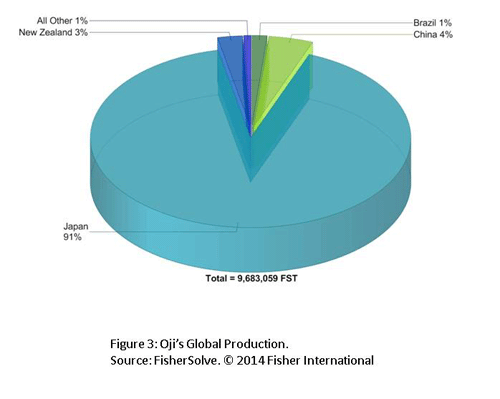 |
||||||||
| January 15, 2014 | ||||||||
| Shorter shutdowns with Valmet's boiler chemical cleaning |  |
|||||||
| · www.tappi.org · Subscribe to Ahead of the Curve · Newsletters · Ahead of the Curve archived issues · Contact the Editor |
Oji further restructures its Japanese packaging business Oji Holdings, the diversified Japanese-based paper and forestry group, has in the last few weeks announced further steps in an ongoing restructuring of their business portfolio. Three paper machines, namely PM 10 in Fuji #2 mill and the #B-1 and #B-2 paper machines in Tokai Fujinomiya, will terminate production. The production of corrugated medium on PM 10 will be taken over by PM #N-1 in Fuji Oji Paper mill (aka Fuji #1). PM #N-1 which is currently idle will be rebuilt before resuming production. The white board part of the production output from PMs #B-1 and #B-2 will be transferred to other sites within the group.
WHY IS OJI TAKING THESE STEPS? Oji is responding to these developments with a shift towards more attractive product segments and faster growing markets outside of Japan. At the same time, they are optimizing their Japanese manufacturing footprint by taking out excess capacities and reducing cost. The cost reduction of the above mentioned actions, combined with a thermal paper production consolidation, is expected to result in savings of about 5 billion yen ($50 million USD) per year.
WHY FUJINOMIYA AND FUJI #2 ? Figure 1 shows the competitiveness of all 19 Oji packaging sites in Japan. Tokai is clearly one of the riskiest sites for Oji and possibly the reason why the decision was made to shut down both of its paper machines and transfer production of white board to other sites.
The closure of PM 10 in Fuji #2 and the rebuild and restart of PM #N-1 in Fuji Oji Paper (aka Fuji #1), are clearly not explained solely by the slightly better viability position of Fuji Oji Paper: environmental and infrastructure-related considerations in favor of Fuji Oji Paper are also at play. Logistically, these sites are located only a few kilometers from each other, which will facilitate a transfer of personnel from one site to the other.
WILL THERE BE MORE CHANGES COMING AT OJI? At the same time, aggressive investment in markets outside Japan should reduce Oji's high dependence on its domestic market (Figure 3).
Oji says it plans to invest and expand in high-growth and resource-rich overseas markets. These markets are to be found in Southeast Asia, India, and South America, in particular Brazil. Forestry and packaging operations are in the focus. Oji's execution in the coming years will be interesting to watch.
Urban Lundberg is a Senior Consultant at Fisher International, Inc.
He can be contacted at ulundberg@fisheri.com.
The source for market data and analyses in this article is FisherSolve.
To learn more, visit www.fisheri.com.
Now that you
are Ahead of the Curve, stay there by joining TAPPI. |
|||||||
 |
||||||||






